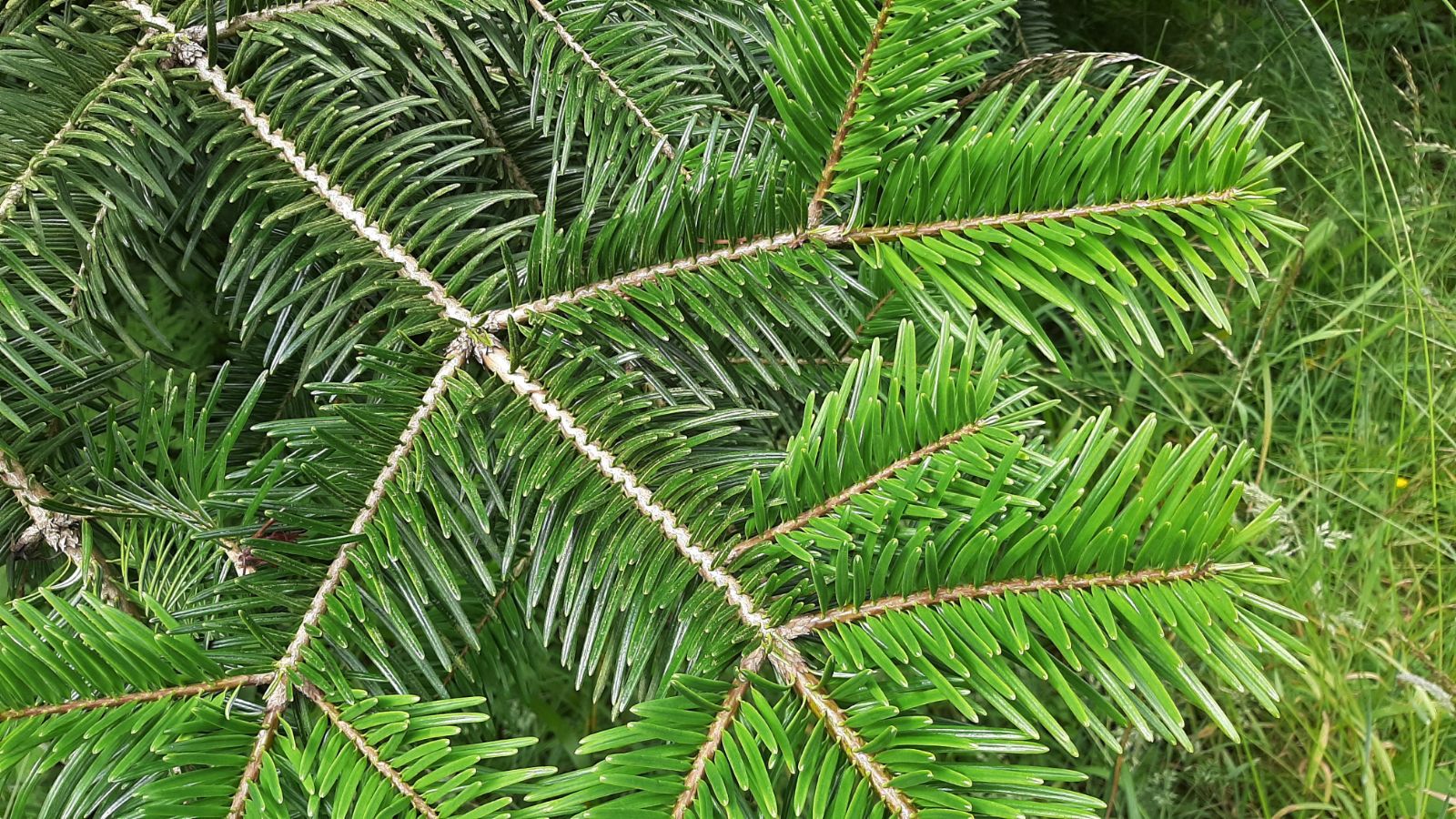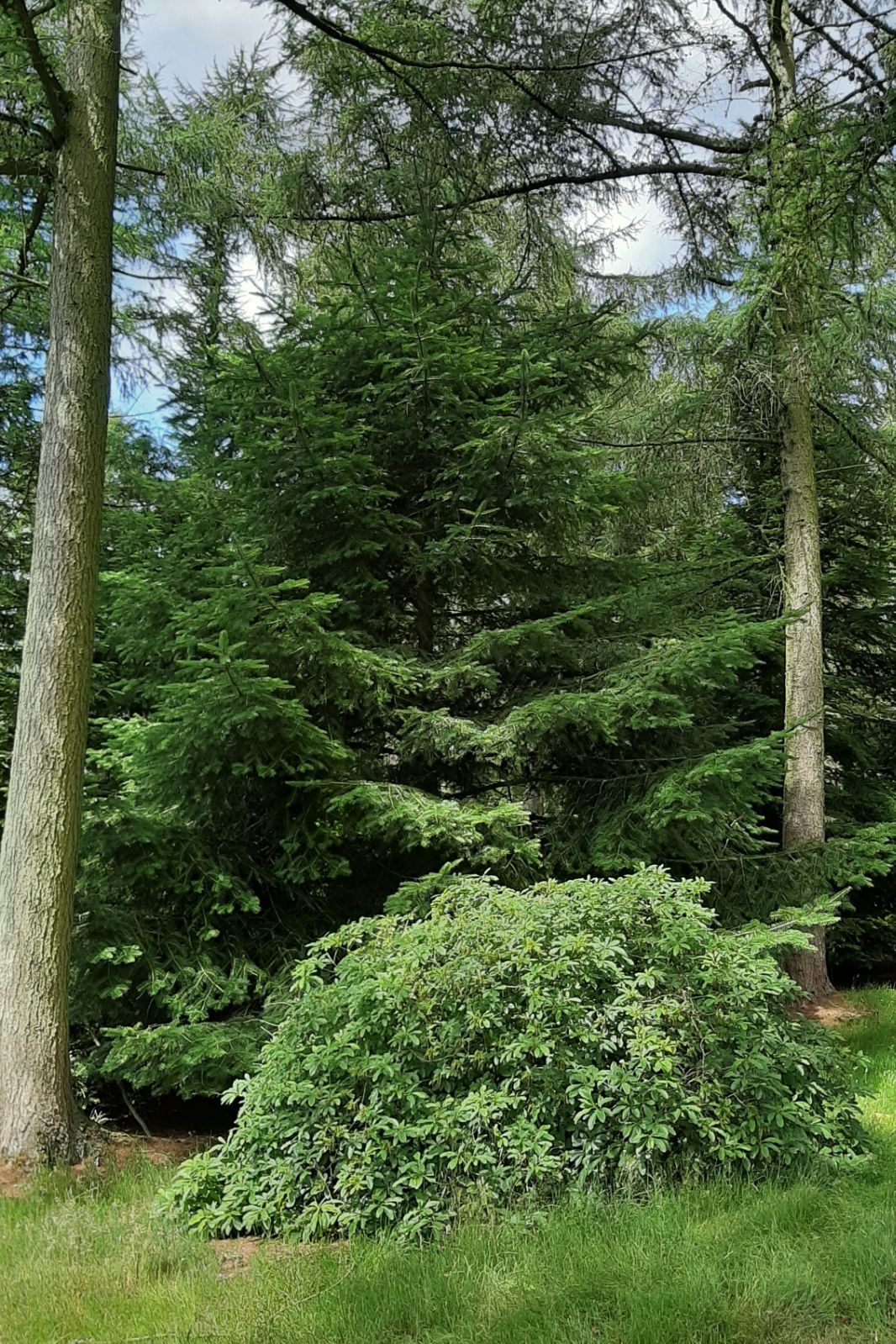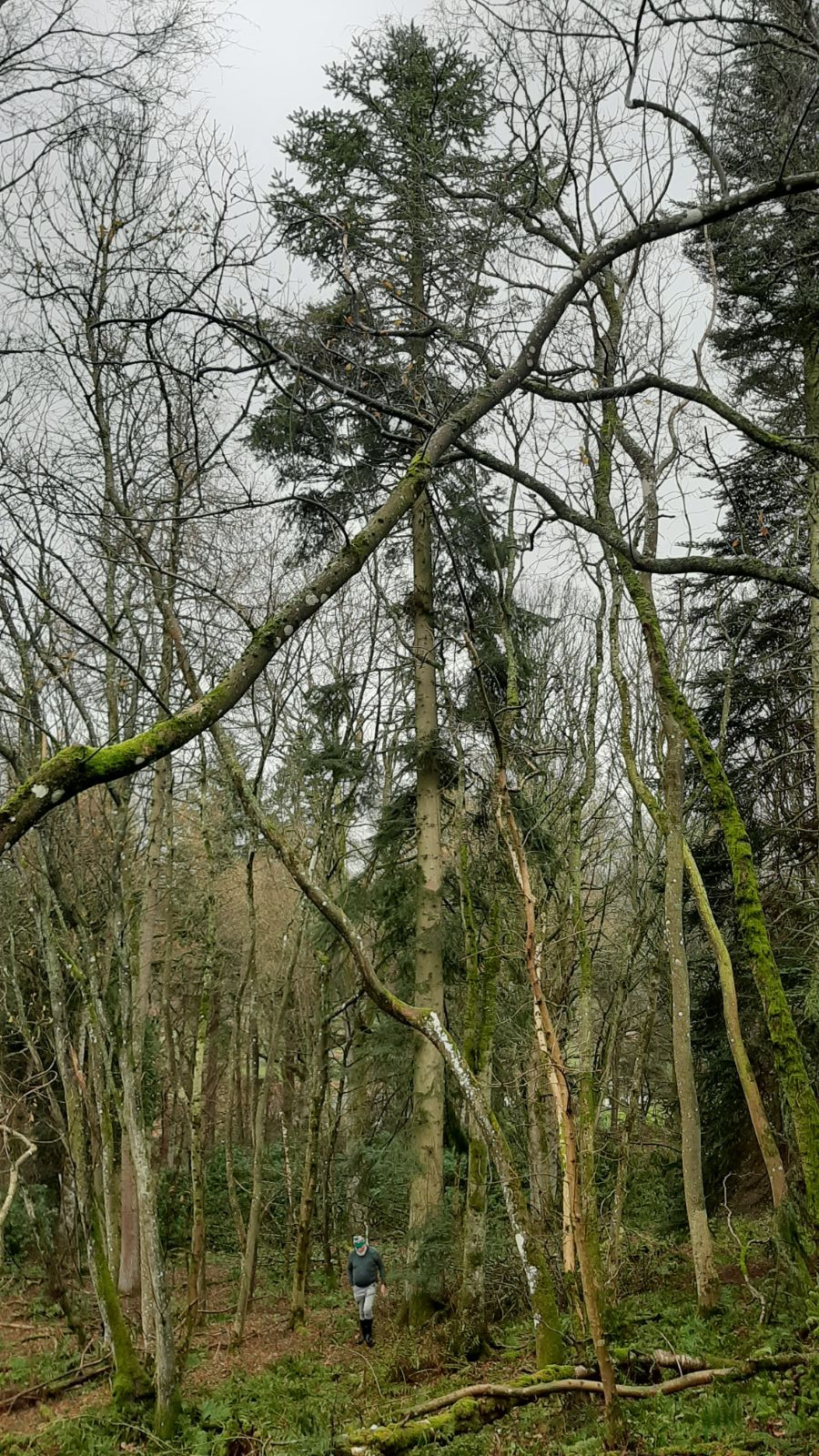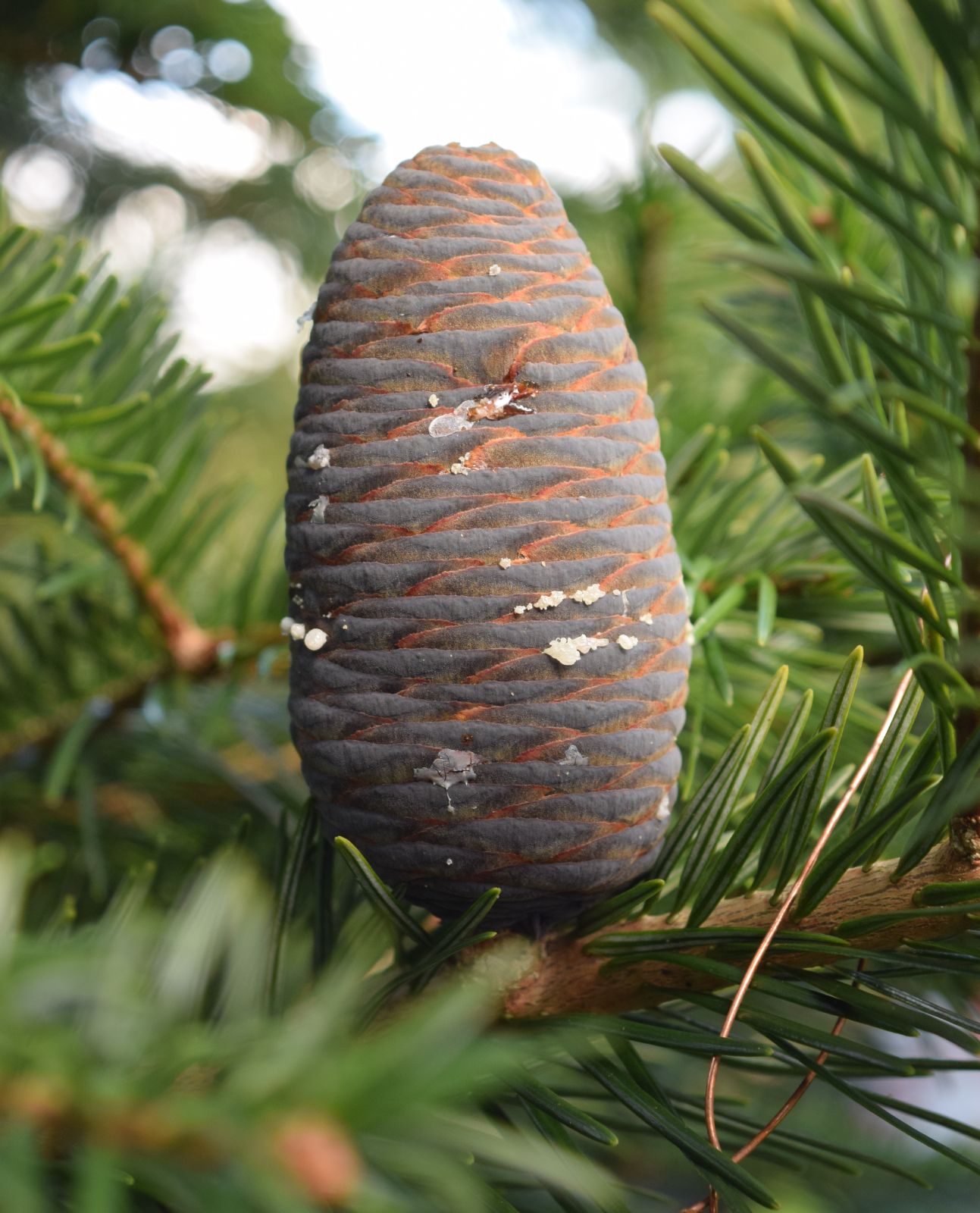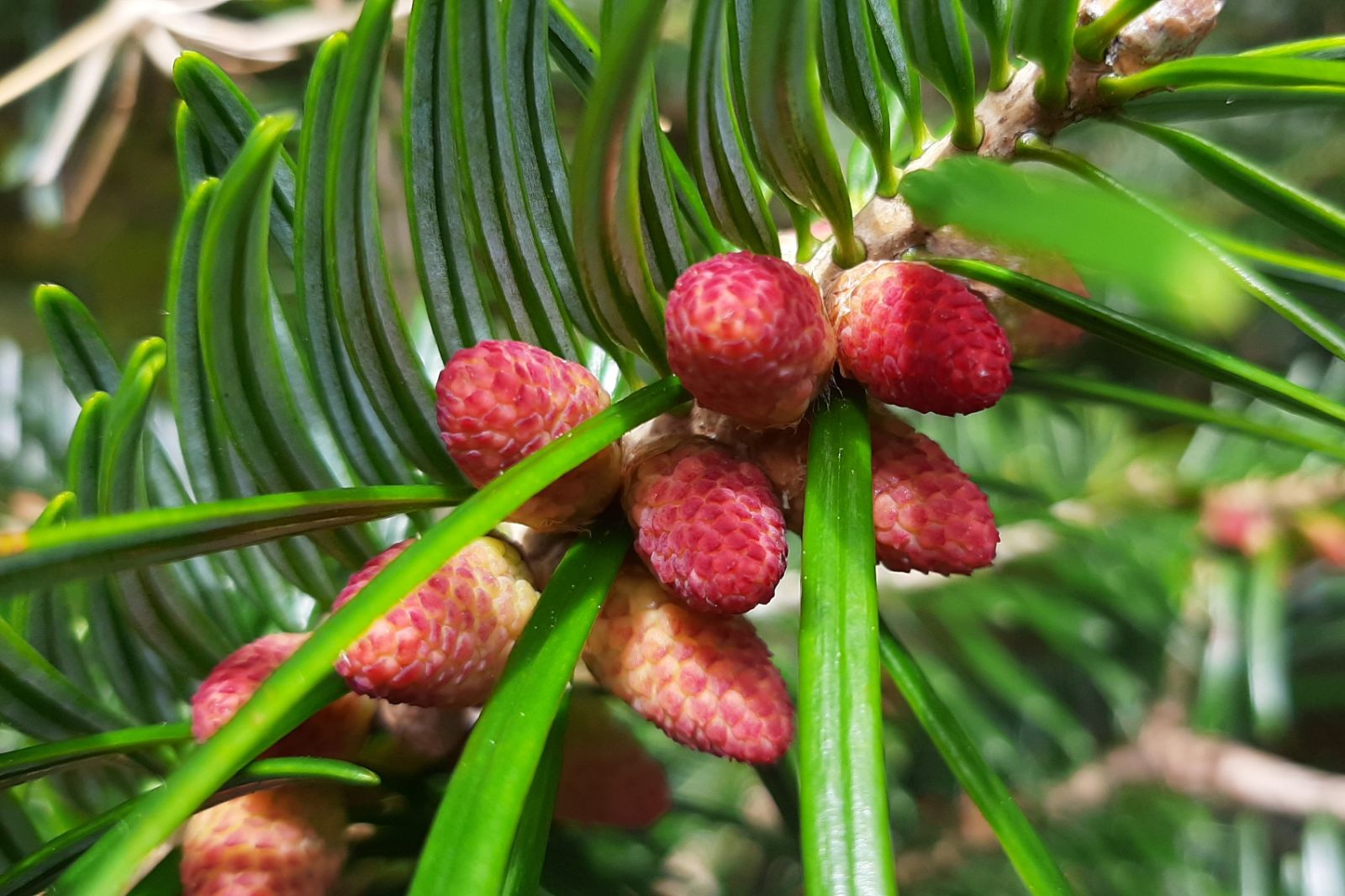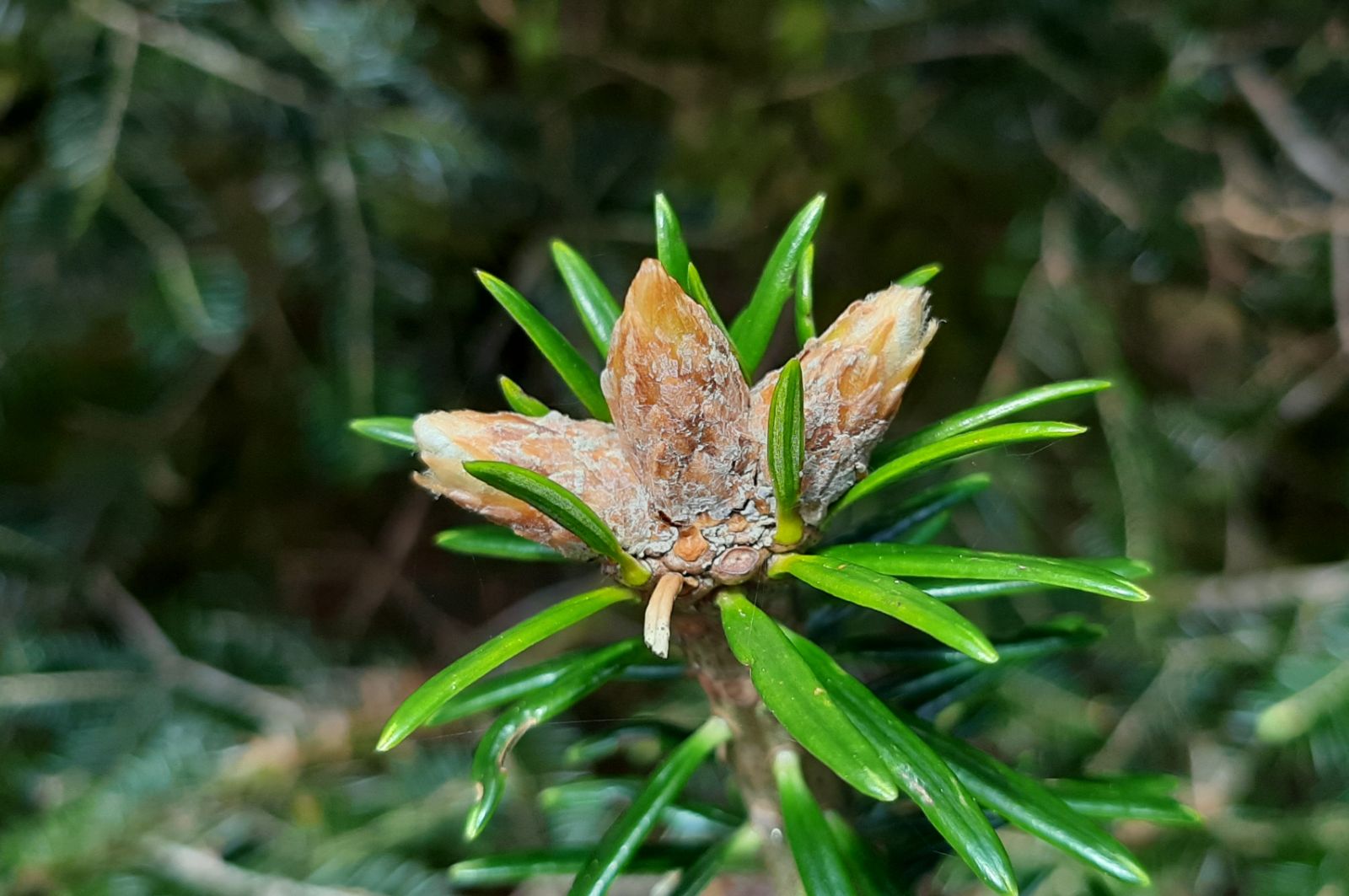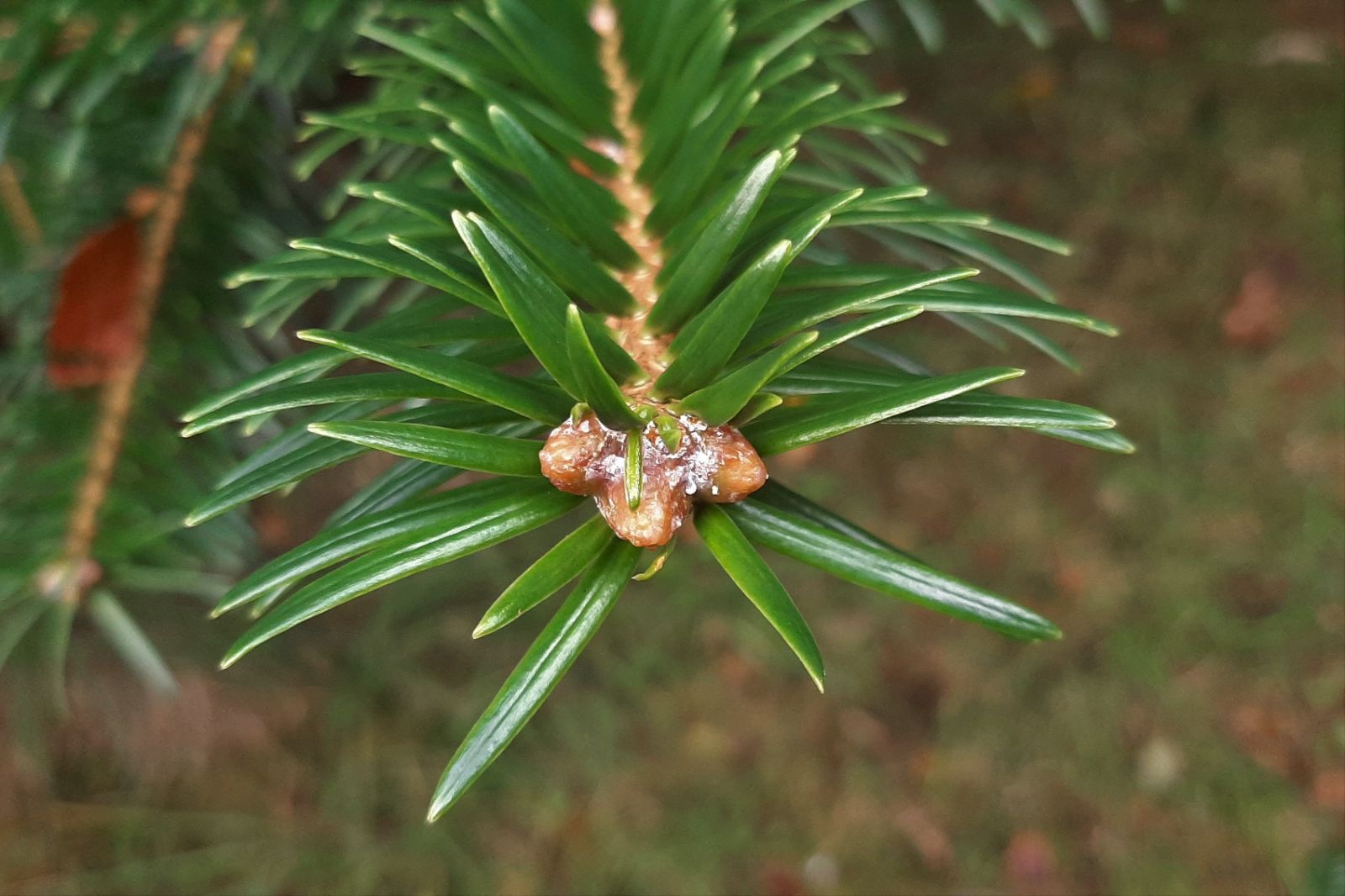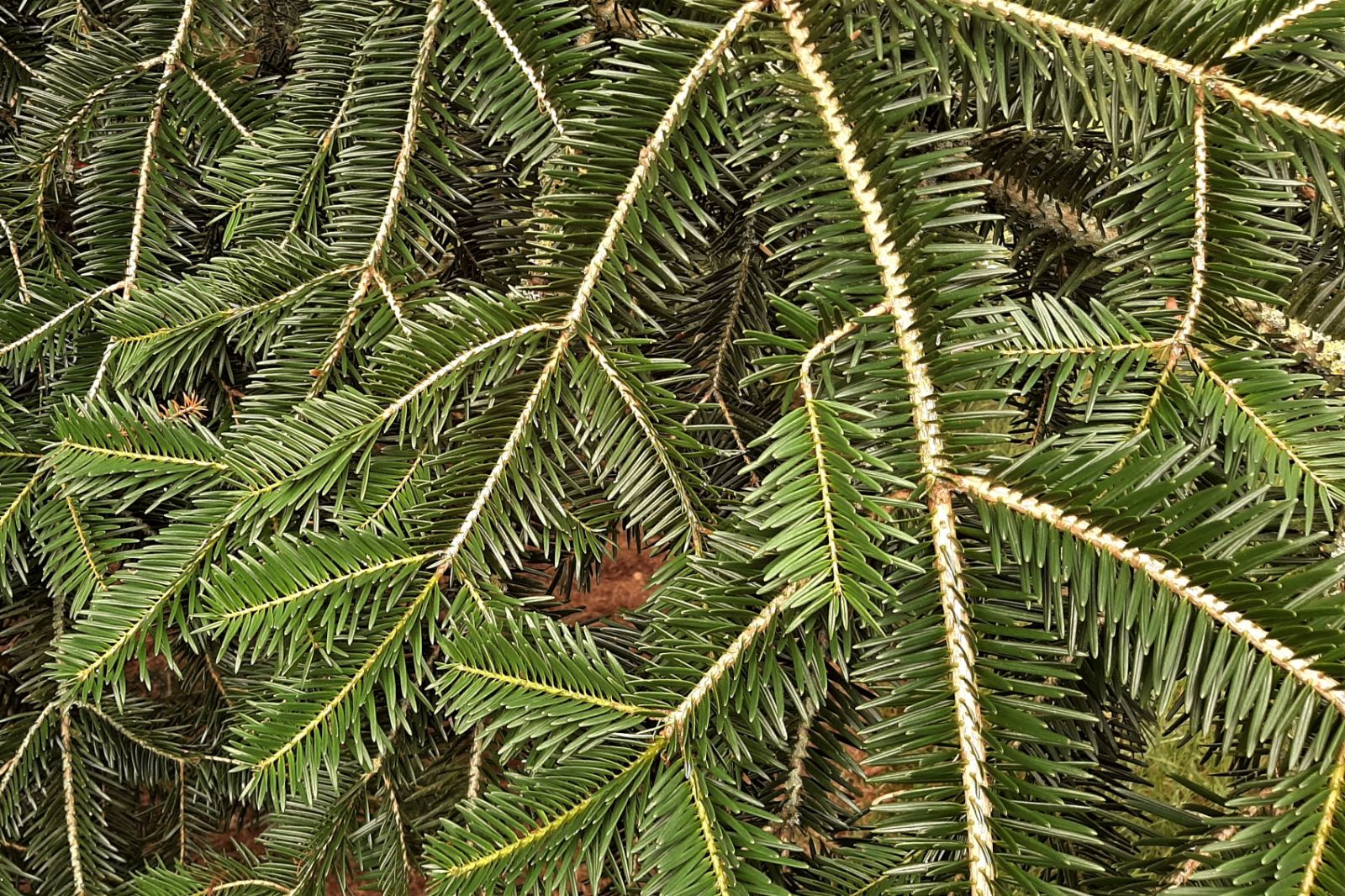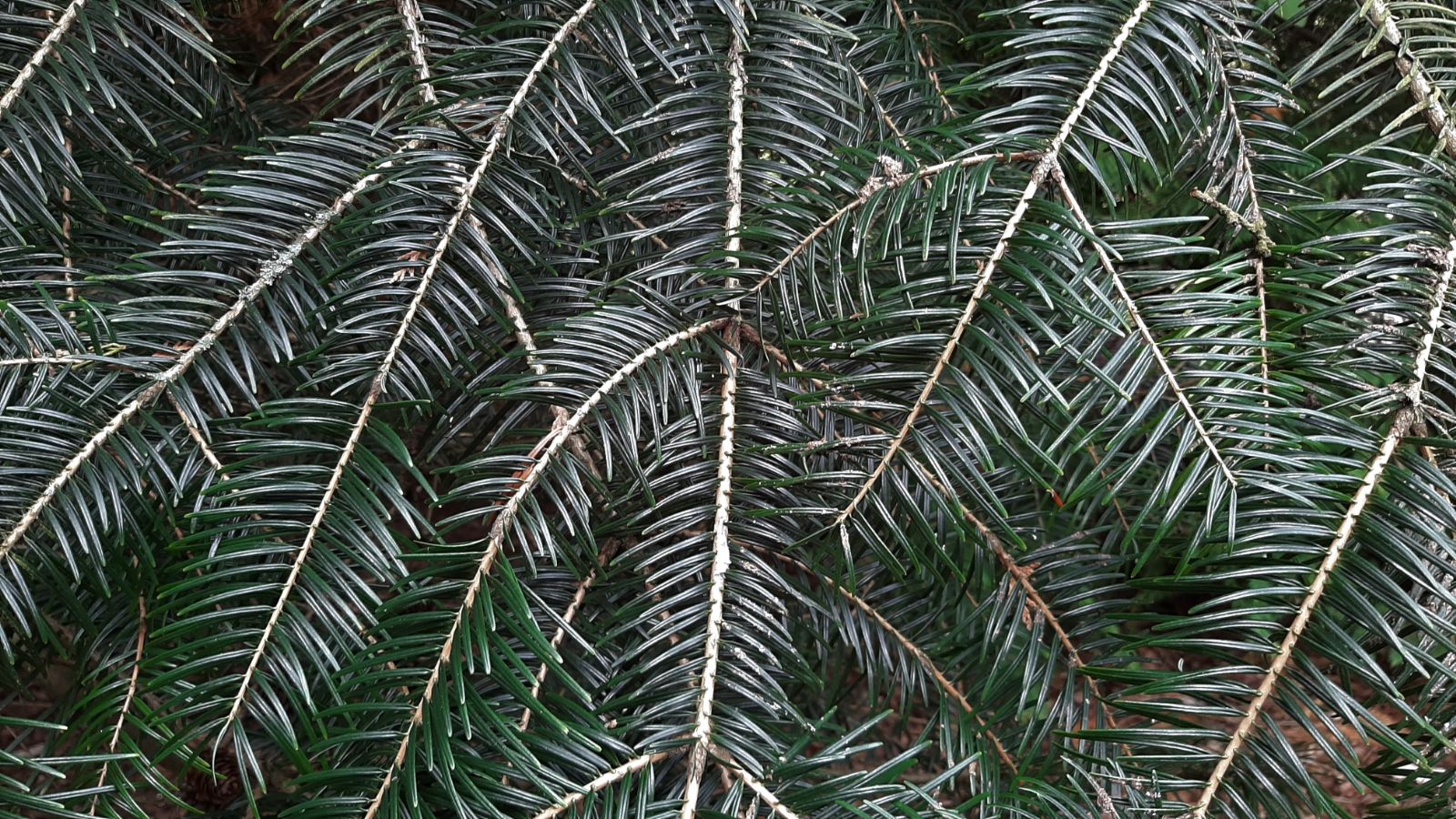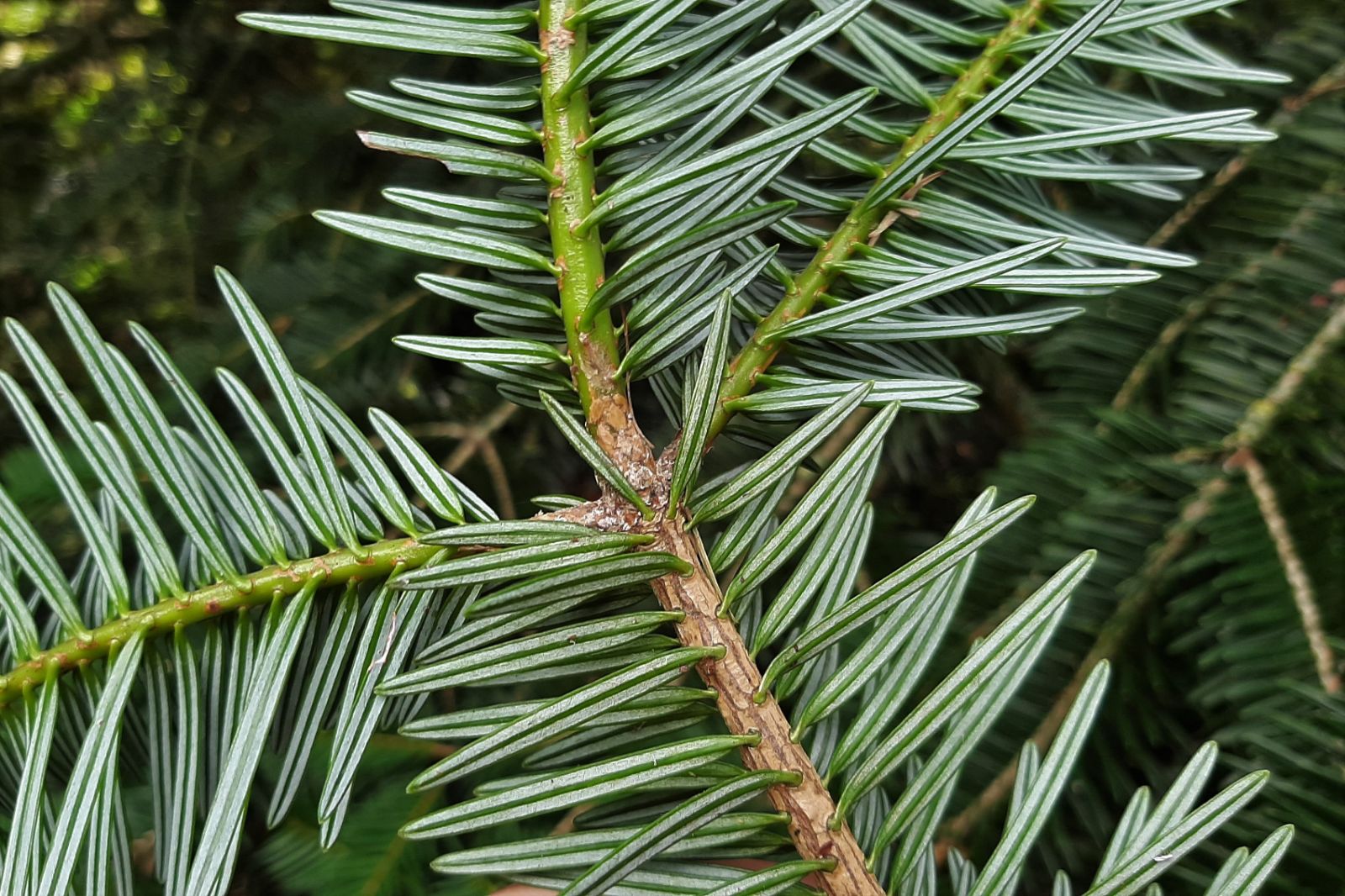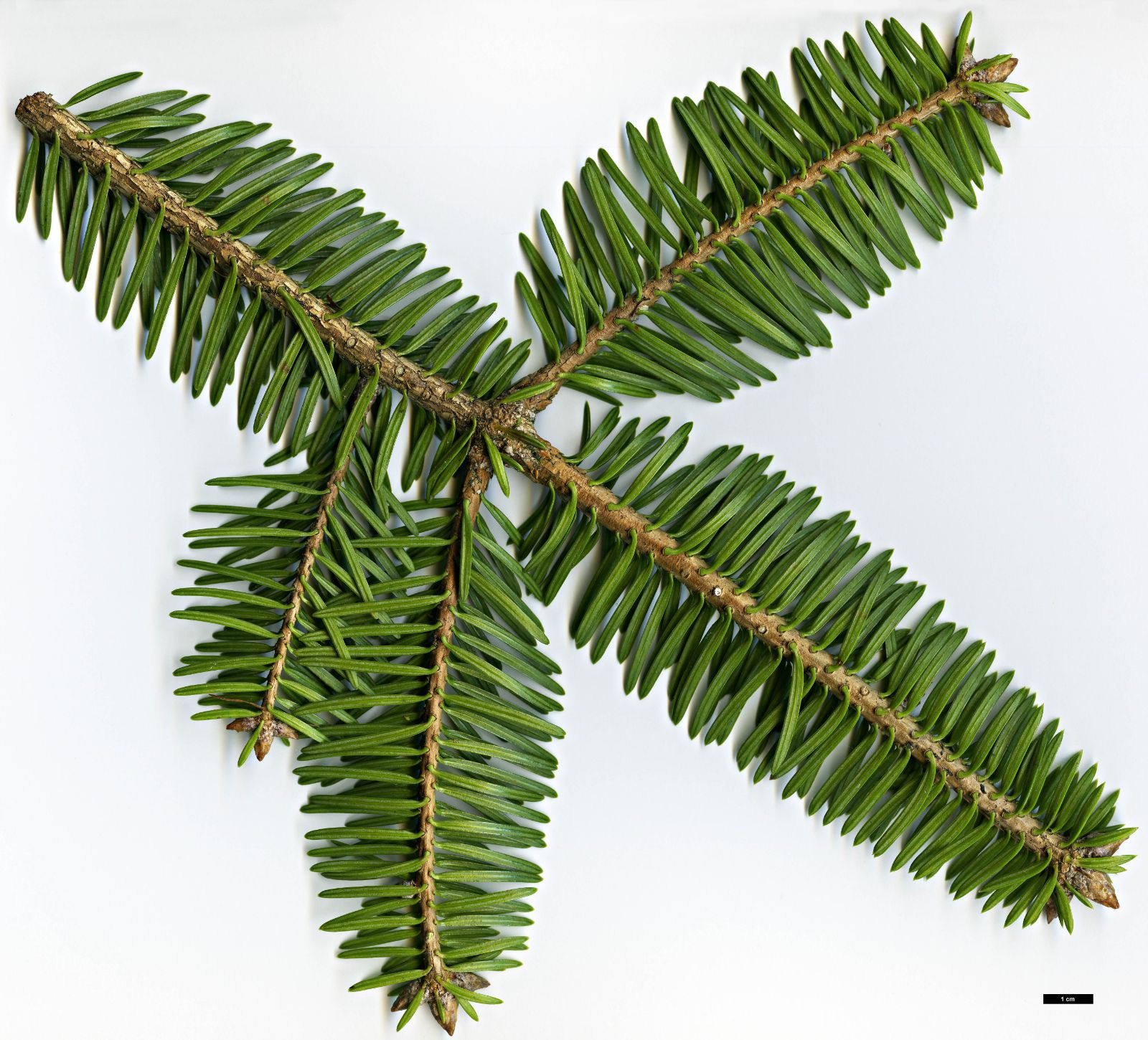Abies salouenensis
Sponsor
Kindly sponsored by
Sir Henry Angest
Credits
Tom Christian (2021)
Recommended citation
Christian, T. (2021), 'Abies salouenensis' from the website Trees and Shrubs Online (treesandshrubsonline.
Genus
Common Names
- Salween Fir
- Huangguo Lengshan
Synonyms
- Abies chensiensis subsp. salouenensis (Bordères & Gaussen) Rushforth
- Abies chensiensis var. salouenensis (Bordères & Gaussen) Silba
- Abies ernestii var. salouenensis (Bordères & Gaussen) W.C. Cheng & L.K.
- Abies recurvata var. salouenensis (Bordères & Gaussen) C.T. Kuan
- Abies chensiensis subsp. yulongxueshanensis Rushforth
Other taxa in genus
- Abies alba
- Abies amabilis
- Abies × arnoldiana
- Abies balsamea
- Abies beshanzuensis
- Abies borisii-regis
- Abies bracteata
- Abies cephalonica
- Abies × chengii
- Abies chensiensis
- Abies cilicica
- Abies colimensis
- Abies concolor
- Abies delavayi
- Abies densa
- Abies durangensis
- Abies ernestii
- Abies fabri
- Abies fanjingshanensis
- Abies fansipanensis
- Abies fargesii
- Abies ferreana
- Abies firma
- Abies flinckii
- Abies fordei
- Abies forrestii
- Abies forrestii agg. × homolepis
- Abies fraseri
- Abies gamblei
- Abies georgei
- Abies gracilis
- Abies grandis
- Abies guatemalensis
- Abies hickelii
- Abies holophylla
- Abies homolepis
- Abies in Mexico and Mesoamerica
- Abies in the Sino-Himalaya
- Abies × insignis
- Abies kawakamii
- Abies koreana
- Abies koreana Hybrids
- Abies lasiocarpa
- Abies magnifica
- Abies mariesii
- Abies nebrodensis
- Abies nephrolepis
- Abies nordmanniana
- Abies nukiangensis
- Abies numidica
- Abies pindrow
- Abies pinsapo
- Abies procera
- Abies recurvata
- Abies religiosa
- Abies sachalinensis
- Abies sibirica
- Abies spectabilis
- Abies squamata
- Abies × umbellata
- Abies veitchii
- Abies vejarii
- Abies × vilmorinii
- Abies yuanbaoshanensis
- Abies ziyuanensis
Tree 30–50 m, to <2 m dbh. Crown conical, becoming columnar and flat-topped with age. Bark of young trees rough, irregularly fissured, developing into stiff plates with age. First order branches thick, short and spreading. Branchlets firm, shining yellowish- or whitish-grey to pale yellowish-brown when young, maturing yellowish-white, grooved, with fine pubescence at first, soon glabrous. Vegetative buds ovoid-conical, large, 10 × 6 mm, sometimes larger on leading shoots, slightly resinous, pale chestnut brown. Leaves pectinately arranged and outspreading on vegetative shoots, conspicuously long, 4–9(–11) cm × 2–4(–5) mm, flattened, stiff, apex emarginate or bifid on shaded shoots (obtuse or weakly emarginate on coning shoots), grooved and shining green above, stomata confined to the undersides in two dull whitish-green bands. Pollen cones crowded, to 1 cm long. Seed cones, short-pedunculate, cylindrical, apex rounded or weakly truncate, (6.5–)10–14(–16) × (3–)4–5 cm, bluish-purple when immature, maturing purplish, yellowish-brown to brown when mature; seed scales at mid-point of cone ovate-cuneate to reniform, 2.5–3 × 3–3.5 cm; bracts included; rachis thick, spindle shaped. (Farjon 2017; Debreczy & Rácz 2011; Fu, Li & Mill 1999).
Distribution China SE Xizang (Tibet), NW Yunnan India NE Arunachal Pradesh
Habitat In humid river valleys and gorges on lower mountain slopes, 1600–3100 m asl, forming mixed forests with Pinus yunnanensis and Quercus gujavifolia. At higher elevations on Yulongxue Shan it is replaced by A. forrestii.
USDA Hardiness Zone 7b
RHS Hardiness Rating H6
Conservation status Least concern (LC)
Taxonomic note Abies salouenensis belongs to a group of closely related firs distributed in western China. These are discussed in the article ‘Abies chensiensis and its relatives’. In many western treatments (including New Trees) A. salouenensis is treated as a subspecies of A. chensiensis, but in the Flora of China, which does not treat any infraspecifics under A. chensiensis, it is treated as a variety of A. ernestii. Whatever its taxonomic position, it is easily distinguished from its close relatives, and relatively well represented in collections in our area. For these reasons we have elected to follow Debreczy & Rácz (2011) in treating it at species rank. A. chensiensis subsp. yulongxueshanensis was described in 1984 based on material that had previously been treated as this species (Rushforth 1984). Here we tentatively follow the Flora of China approach in considering it synonymous with A. salouenensis, pending clarification. See ‘Abies chensiensis and its relatives’ for further discussion.
Grown well, Salween Fir is one of the most attractive members of the genus; it is set apart by its conspicuously long and broad, leathery, dark green leaves, strongly outspreading either side of the shoots. At up to 9 cm long – and even longer on exceptional trees – they are among the longest of any fir, comparable to A. pindrow of the western Himalayas (<9 cm, but never so broad) and A. concolor and A. flinckii of the USA and Mexico respectively (both <9 cm) (Debreczy & Rácz 2011). Salween Fir’s needles are broader and stiffer than any of those species, indeed, everything about it is somewhat ‘chunkier’ than most of its close relatives.
This remarkable fir was named in 1947, based on specimens T.T. Yu had gathered on the Mekong-Salween divide ten years earlier (Yu 7952) (Farjon 2017). In their original publication Bordères-Rey and Gaussen tell us only that they chose the name salouenensis because the Salween river valley is an important area of distribution (Bordères-Rey & Gaussen 1947); sadly, they do not tell us the means by which it was chosen over the Mekong, leaving us to resist the temptation to picture them tossing a centime. Either way, the naming of the Salween Fir represented a recircumscription of material that had been known for some time, rather than a truly new discovery. Several collectors had previously gathered seed and herbarium material through the early 20th century, under several different names, including George Forrest, Frank Kingdon-Ward, Heinrich Handel-Mazzetti, and Tse-tsun Yu (Rushforth 1984). Of these, several are still extant in UK collections, notably F 30668 and Yu 15050 which are represented at Borde Hill and Benmore respectively (Tree Register 2020; Grimshaw & Bayton 2009). A plant bearing this name in the pinetum at Wakehurst, recorded as being from KW 10412, is actually A. veitchii (pers. obs.); Keith Rushforth supposes that this was the rootstock of a graft he donated in the early 1980s (K. Rushforth pers. comm. 2021).
Two mature trees of unknown origin grow at Burnside, Angus, Scotland, and these are a curiosity. One with a planting year of 1936 (tree number ‘7’) has a long history of measurement: it was 5 × 0.15 m in 1956; 10.7 m in 1972 (Mitchell 1972); 16 × 0.25 m dbh in 1990 (Grimshaw & Bayton 2009) and 25 × 0.58 m in 2018, making it the largest known in cultivation (Tree Register 2020). Keith Rushforth has observed that the Burnside trees (the aforementioned ‘7’ and also ‘8’) have the longest and broadest leaves of any tree of this species in cultivation, to 11 cm × 5 mm, and at one time one of these bore a lead label with the name ‘Abies pindrow var. longifolia’ (K. Rushforth pers. comm. 2020). They are probably a Kingdon-Ward collection, from his 1933 expediton to Tibet. Grafts from several old trees have been modestly distributed in recent years, including from the Burnside trees, which are now duplicated in several collections including at Ashmore in Perthshire (pers. obs.).
These old trees were finally supplemented by new introductions at the beginning of the 1980s, when seed was sent out by the Chinese Academy of Forestry. The first was apparently that sent in 1979 to the University of British Columbia, and perhaps to other institutions, too. The scant data attached to accessions derived from this distribution plot the origin to the hills west of Chenghai Lake, in Yongsheng County, Yunnan. UBC subdivided the seed it received and sent shares on to multiple institutions; this was the source of the first seed received by the Royal Botanic Garden Edinburgh in December 1981 (BG-BASE data 2020). Trees raised from that batch (tracked under the Edinburgh accession number 19813693) have performed well. Three each grow at Benmore Botanic Garden in Argyll and at Mount Stuart on the nearby Isle of Bute. All seem to enjoy the mild and very wet climate of this part of Scotland and the best, a tree at Mount Stuart, was 14 × 0.47 m in 2018, eighteen years after planting (pers. obs. 2018). All three trees there produced seed cones for the first time in 1996 (G. Alcorn pers. comm. 2020). The same distribution continues to be represented at the UBC Botanical Garden, under their accession number 19790848 (University of British Columbia 2020) and at other UK collections including the Yorkshire Arboretum, which probably has more examples than any other single garden.
Further distributions followed in the mid 1980s when Dr. Chih-kang Pan sent seed to several recipients, including to Keith Rushforth in the UK, and once again these were widely distributed, finding their way into a multitude of collections including Benmore, the Howick Arboretum, the Yorkshire Arboretum, and Nymans in the UK (pers. obs.) as well as to collections such as the Arnold Arboretum in North America (Arnold Arboretum 2020) and Hørsholm in Denmark (University of Copenhagen 2020). They have thrived in nearly all parts of the UK, including even the south east of England (pers. obs.), but they have failed to establish themselves in the Arnold’s continental climate (Arnold Arboretum 2020). Several young trees at Wespelaar, Belgium are hardy in most winters but subject to some damage in the lowest temperatures (Arboretum Wespelaar 2020). The Alpine Garden Society expedition to China (1994) collected this species (as yulongxueshanensis) under ACE 2064, though this seems to have resulted in only a very small number of plants.

